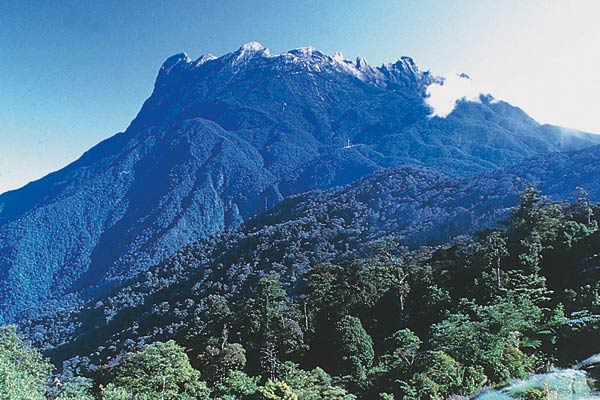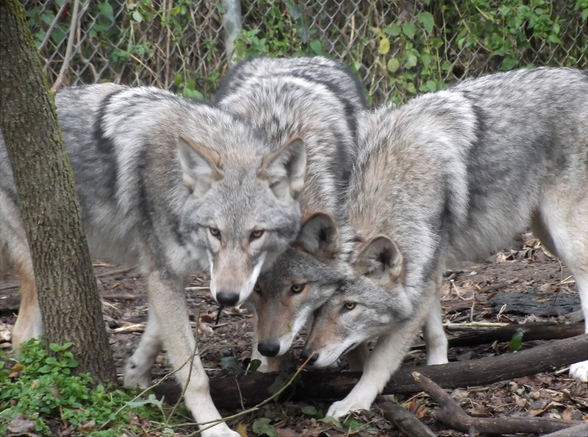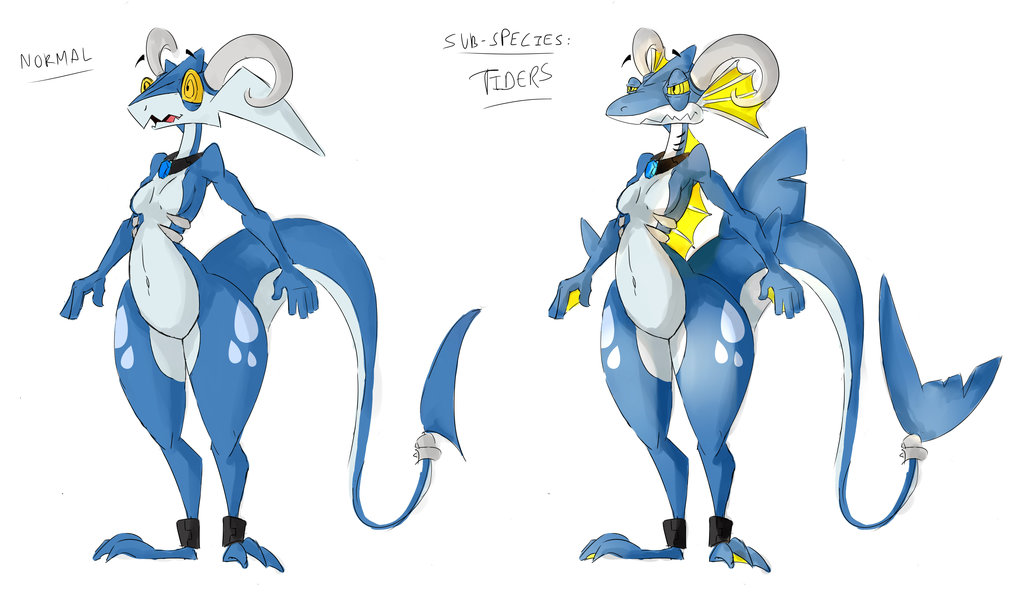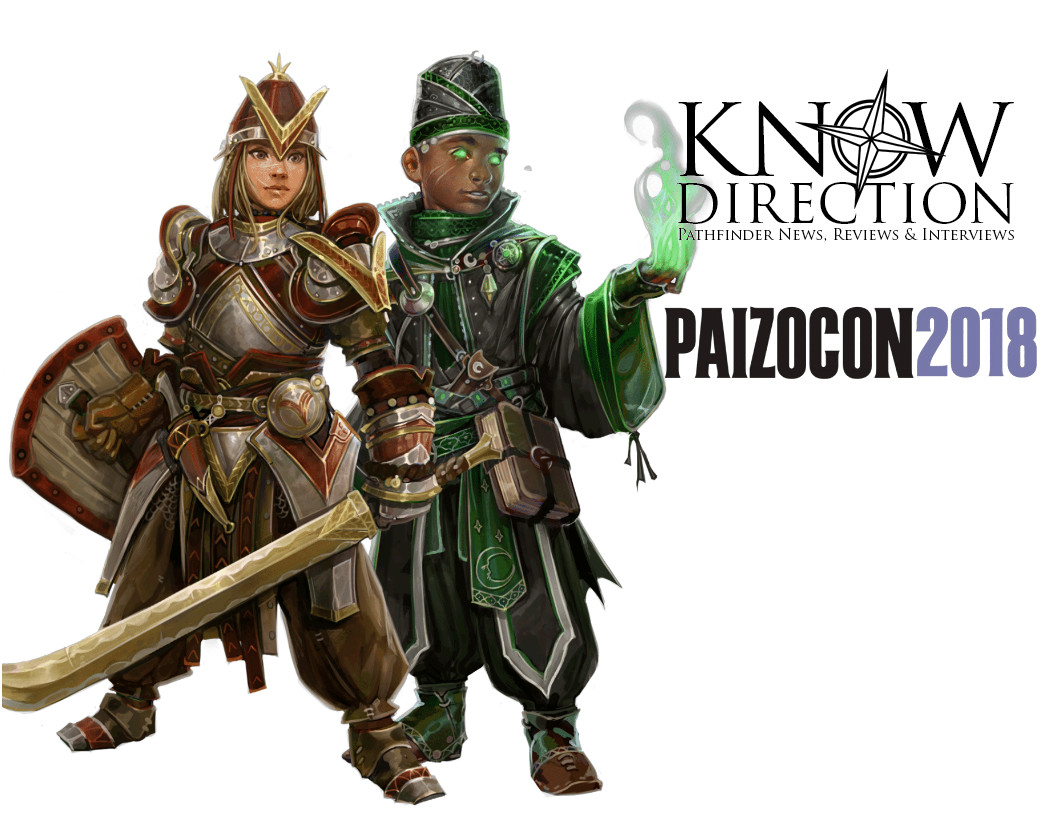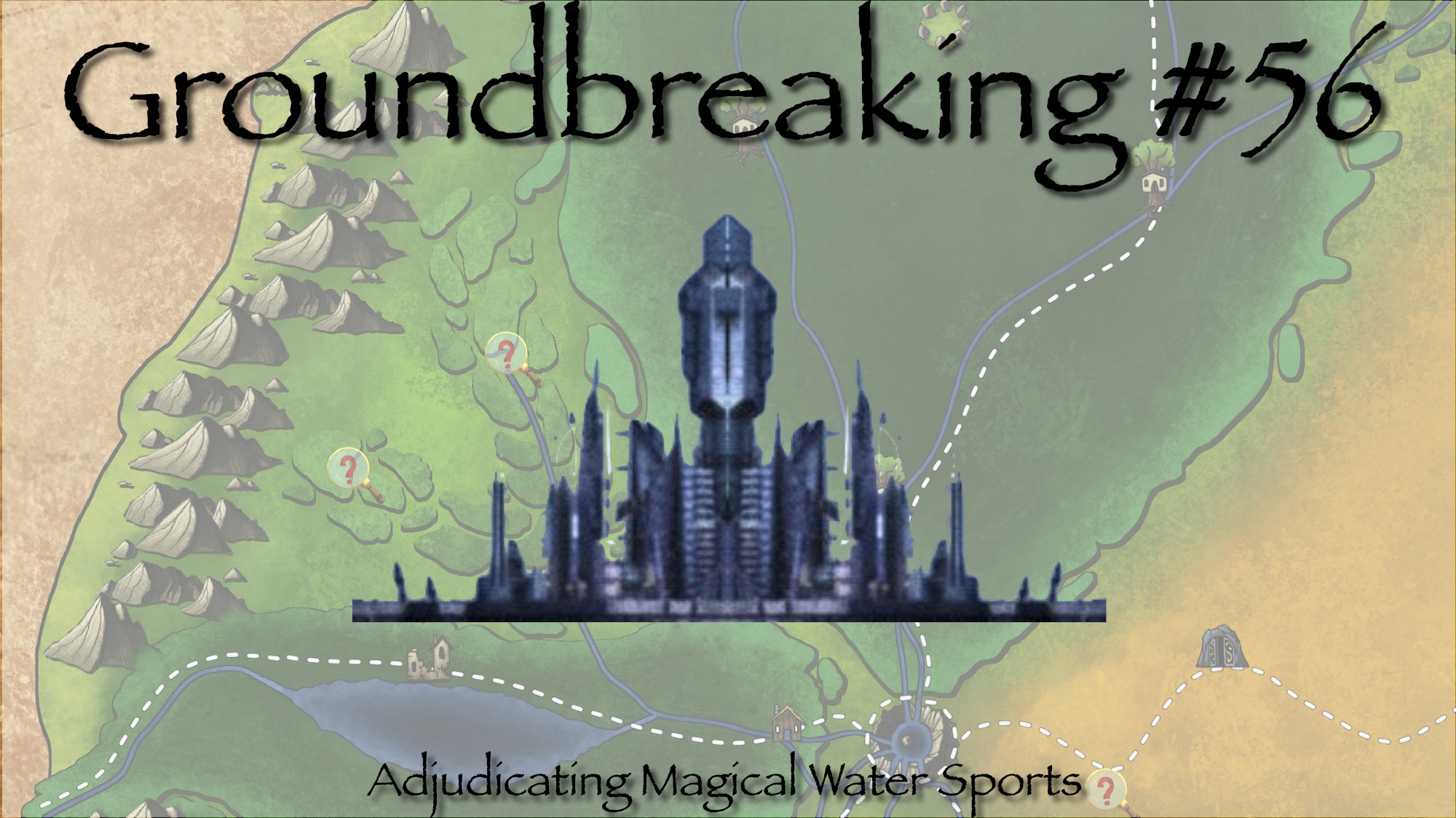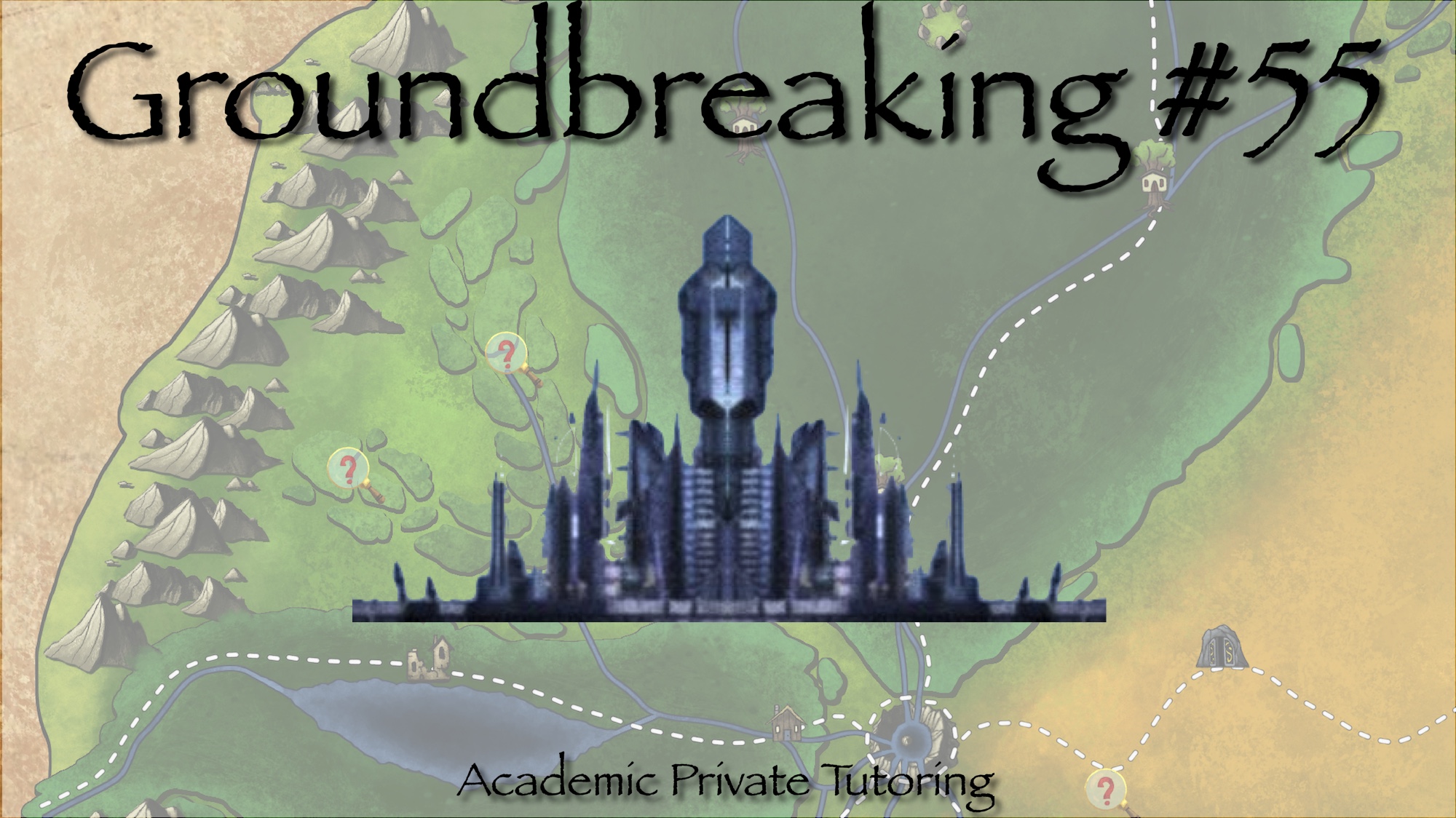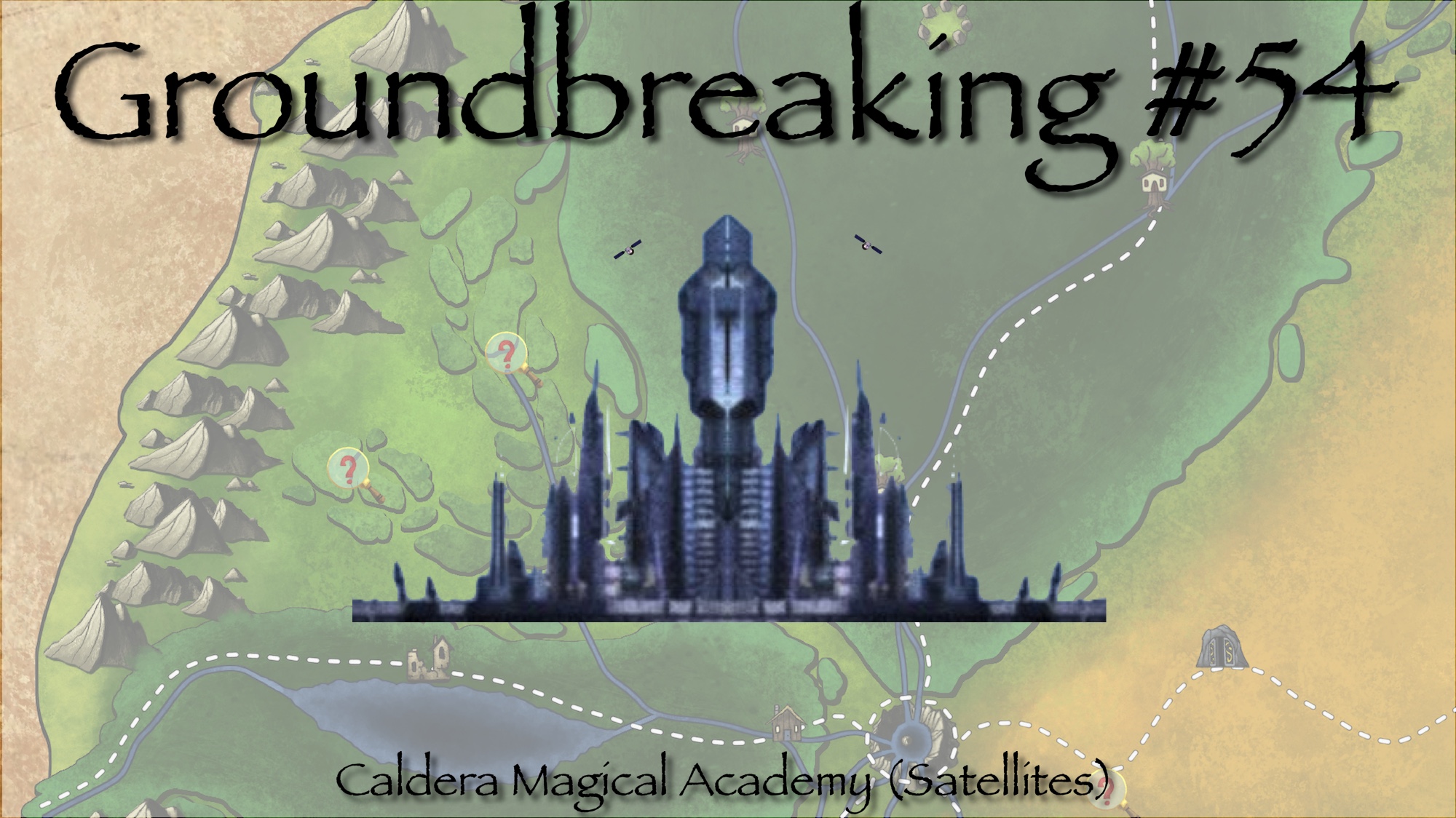Hello again! The last two installments literally broke ground by describing how the western valley formed in a giant crevasse. This time, let’s cover some ground by looking at the forest to the north.
The overall shape and layout of the northern region has remained unchanged for millenia. Gently rolling hills appeared as frozen waves of earth from the base of the mountain to the edges of the basin. Due to a lack of constant water, this region was covered primarily by grasses while trees grew in the sloughs that flowed with water during heavy rain. Seasonally, rain would fall over the area or run down the north slope of the mountain, providing large growth of various plants that happened to have blown in on the wind. This cycle of plant-life and open space gave rise to large numbers of small animals (such as rabbit), some medium animals (like antelope), and those that preyed upon them (birds and wolves). These hunting grounds will be known for the variety of wildlife that seem out of place. Describing how the land was before makes it much easier to believe the explanation for why it is now.
When that fateful day came, and the volcano erupted, there was a southerly wind. This caused the entire northern region to be covered by a fine ash for weeks. With the opening of the caldera walls, and the sudden addition of a steady water source, the region gained two primary rivers, a third offshoot, and countless creeks and ponds. This steady source of water combined with other weather changes due to the mountain and, over time, the plains grew into a lush forest that was as thick as it was expansive. As much of the wildlife returned home and adapted to forest life over the generations, other creatures moved in and settled as they found a home that could support many more inhabitants than were currently there. As hunters followed their meals, the region became a very interesting mix of predator and prey from both grassland and forest environments. I wanted to have an odd combination of wildlife in the forested region to give it an extra bit of fun and flavor to make it stand out as a popular hunting location. We have now set the stage for just that without calling out too many specifics that might limit our options.
Due to the nature of the rolling hills that now lie under the forest canopy, there are many nooks and crannies in which animals can hide from weather as well as hibernate in the winter. It also means that there are places that get more rain or snow than others while certain sides of the forest get more wind than others, and this changes seasonally. Therefore, many of the animals naturally of the forest that usually nest in the winter have taken to following some of the plains creatures in a seasonal migration that leads them around the entire forest over the course of a year. Because they evolved for different biomes, but live together now, their favored grounds and movement patterns aren’t quite lined up, leading to a somewhat chaotic and sporadic transition each season. The most interesting effect of this is the overlap of predators that eventually led to some interesting hybridization of wolves and coyotes. Ever since reading about the coywolf, I have wanted to work them into a game somehow. And now I have. Quite by accident, truth be told. I originally started this paragraph with something else in mind, but am now saving it for another day.
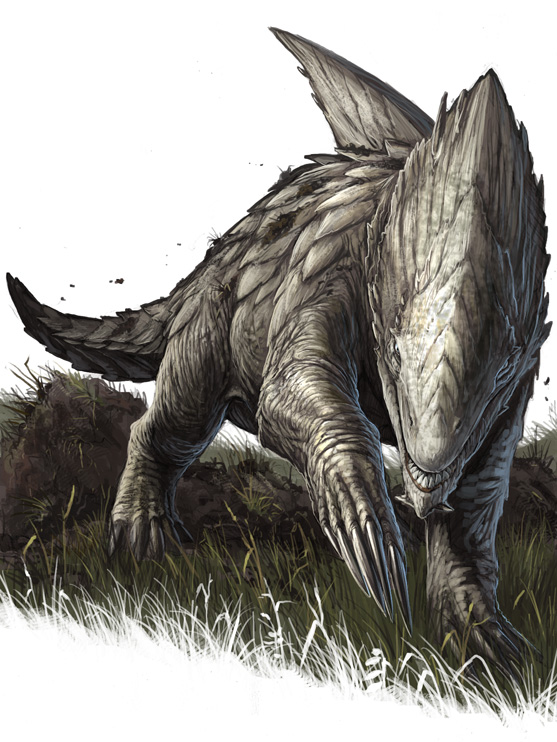 The largest predator in the region, and also one of the least known reasons for the strength and density of the tree growth, is a solitary bulette. A resident from before the eruption, it created a series of underground tunnels simply by passing through the area. Much in the way that worms help to aerate and water grass, its mere presence helped the propagation of the massive forest at just the right time by giving the new rivers extra places to flow. There are now a number of underground streams and an underground river that have created a hidden cavern complex. Feeding on most anything, the bulette has kept many large predators in check, as well as the local dire boars, which has enabled other magical creatures to move into the region. An owlbear is known to reside in the forest, as is a griffon, and a wyvern is rumored to live near the base of the mountain. There are likely others, and certainly some other non-magical creatures, but I wanted to establish a known baseline for further discussion later regarding the hunting lodges.
The largest predator in the region, and also one of the least known reasons for the strength and density of the tree growth, is a solitary bulette. A resident from before the eruption, it created a series of underground tunnels simply by passing through the area. Much in the way that worms help to aerate and water grass, its mere presence helped the propagation of the massive forest at just the right time by giving the new rivers extra places to flow. There are now a number of underground streams and an underground river that have created a hidden cavern complex. Feeding on most anything, the bulette has kept many large predators in check, as well as the local dire boars, which has enabled other magical creatures to move into the region. An owlbear is known to reside in the forest, as is a griffon, and a wyvern is rumored to live near the base of the mountain. There are likely others, and certainly some other non-magical creatures, but I wanted to establish a known baseline for further discussion later regarding the hunting lodges.
In addition to the more animalistic creatures of the region, is a unique clan of kobolds. Residing in underground warrens as most kobolds do, this clan has become uniquely adapted to the water filled tunnel system created by the bulette. This adaptation comes in the form of webbed hands and feet and the ability to breath underwater. Additionally, they tend to spend less time hunting in the forest, surviving primarily on aquatic prey. Because they are not constantly in contact and conflict with the other humanoids of the forest, they are generally neutral or friendly to most surface dwellers of the region. They have been known to help lost travellers and have even been known to teach respectful humanoids the proper ways to fish for the tastiest catch. I wanted to have some sort of indigenous people in the region, mostly to provide a source of inspiration for settlers to respect the nature in the area. I originally wanted to have native humans in the desert region, but after adding the water filled tunnels I thought a fey-modified race of kobolds would make for a fun and unique twist on old tropes.
The Rumor Mill
Each of the following rumors can be learned by spending an hour or more gathering information from locals. The DC listed is the target DC to determine if the rumor is true (T), false (F), or nobody knows (?).
The Flora
DC 10 – (F) The massively dense forest is due to fey influence in the rivers from the caldera.
DC 15 – (T) The trees in the region are among the largest of their kind in the world.
DC 20 – (T) Numerous pockets and thickets protect creatures from prey and hunters.
DC 25 – (F) Some of the oldest trees in the forest are sentient and deter intruders.
DC 30 – (?) Man eating plants defend a pond that is considered sacred to fey creatures.
The Fauna
DC 10 – (F) The kobolds have plundered all the large fish from the river system.
DC 15 – (T) The dire boars would have overrun the region if not for the bulette.
DC 20 – (?) The kobolds evolved due to fey influence and are not naturally adapted.
DC 25 – (T) The owlbear seems to avoid humanoids whenever it can.
DC 30 – (F) A wyvern was drawn here to rule the kobolds and is angry that they won’t abide.
Please keep the name ideas coming in to our Discord server https://discord.gg/Rt79BAj. After we get a handle on all of the locations, I will be picking names from those submitted to help flesh out the history of the region!

